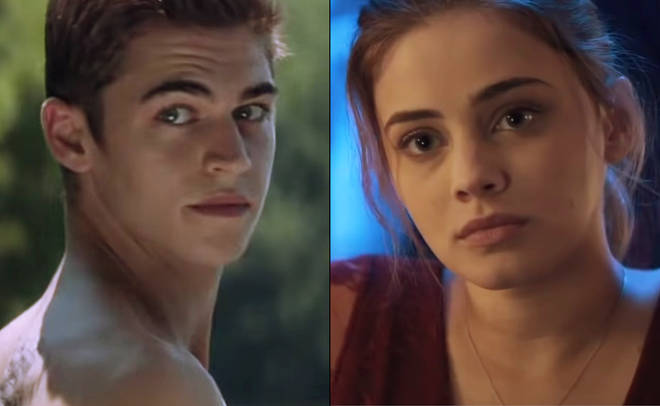Movie trailers originally played after the movie

Movie Trailers: A Brief History
Movie trailers have become one of the most exciting aspects of the film industry. They provide audiences with a captivating glimpse into an upcoming movie, creating anticipation and excitement. But have you ever wondered where movie trailers originated from? Interestingly, movie trailers actually used to play after the movie, rather than before it.
While it may seem counterintuitive in today’s modern movie-watching experience, the practice of playing trailers after the main feature can be traced back to the early days of cinema. The term “trailer” itself is quite misleading, as it suggests that these promotional videos were meant to trail or come after the film. In reality, the term “trailer” originated from the fact that these previews were originally spliced onto the end of the film reel, thereby creating a literal “trailing” effect.
The reasoning behind playing trailers after the movie was primarily for logistics and practicality. In the early 20th century, theaters were facing a scarcity of film prints. As a result, it was more cost-effective and time-efficient to show the trailers after the feature film. This practice allowed theaters to use one film print for multiple screenings, saving both money and time for the theater owners.

As the popularity of films grew, so did the demand for entertainment. Audiences started arriving early to secure their seats and, in turn, were exposed to the trailers playing after the main feature. Theaters soon realized that trailers had the potential to be highly effective in generating excitement for upcoming films. Consequently, it became common practice to move the trailers to play before the movie.
The transition from playing trailers after the feature film to playing them before started in the early 1960s. Filmmakers and studios recognized the significant promotional value of trailers and wanted to leverage their impact by showcasing them prior to the main attraction. This shift allowed trailers to reach a much larger audience and build anticipation, boosting ticket sales and overall success for upcoming movies.
Today, movie trailers have evolved into an art form of their own. Viewers eagerly anticipate the release of new trailers, analyzing every frame and dissecting the plot possibilities. Movie studios invest heavily in crafting compelling trailers, utilizing clever editing, powerful music, and exciting visuals to entice audiences.
In conclusion, the conventional notion of movie trailers playing before the main feature is a relatively recent development in the history of cinema. They originally played after the movie, serving as a cost-effective means of utilizing scarce film prints. However, as audiences began arriving early and the promotional potential of trailers became apparent, they shifted to playing before the main feature. This transition allowed trailers to become an integral part of the movie-watching experience, influencing audience anticipation and overall success. So, the next time you eagerly await the start of a film, cherish the fact that you won’t have to wait after the movie for the excitement to begin!
Related Posts
Quick Links
Legal Stuff


